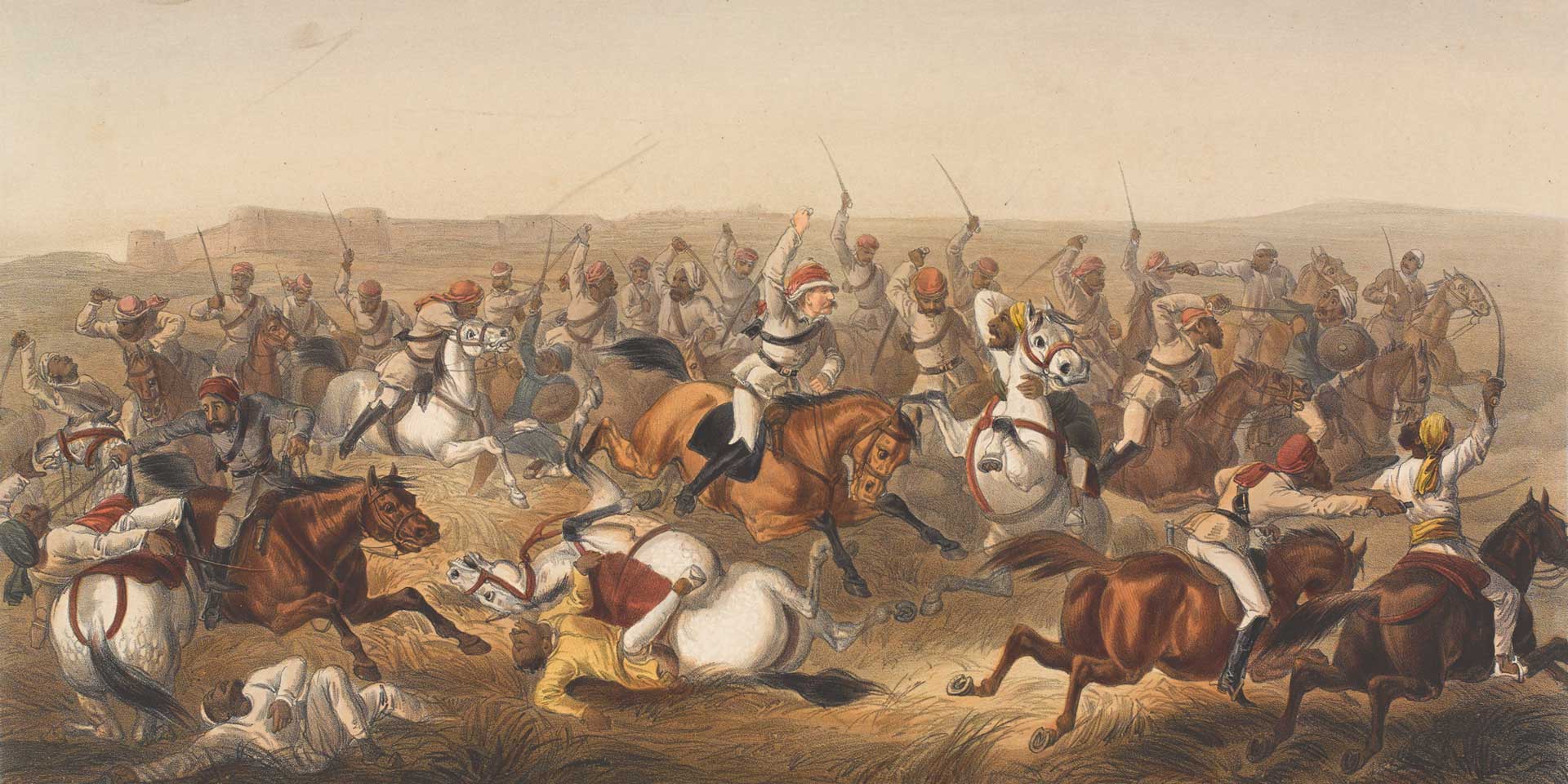Sharma Ji
Senior Member
- Joined
- Sep 28, 2024
- Messages
- 10,896
- Questions Answered
- 1
- Nation

- Axis Group

umm, is the sexual innuendo really high here, or am I just another horny pjeet ?
 General
General



Do it on the sly, don't have to go around announcing it.Killing people is not a solution even the most fascist of nationalists will advocate - which can be avenged.
Removing them is far more humane, less controversial (and less "messy" to boot).




One of the major rebellions was the Sepoy Mutiny of 1857 and there were several regional uprisings, primarily in Bengal after 1857, whose leadership was educated by the British since the British ran India from Calcutta (Babus from Bengal were frequently judges, administrators and high grade civil servants appointed all across India). The British were however quite racist throughout (in addition to economically exploiting India quite mercilessly) and almost never fraternized with Indians, resulting to their eventual ouster from India.
Approximately 6,000 British individuals died during the Sepoy Mutiny, also known as the Indian Rebellion of 1857. This figure includes both military personnel and civilians.
Reportedly 300,000 Mutineers also died during the Mutiny and the famine that followed.
Sepoy Mutiny of 1957
Outbreak
On 29 March 1857, at Barrackpore (just north of Calcutta), Sepoy Mangal Pandey of the 34th Bengal Native Infantry attacked his officers. When his comrades were ordered to restrain him, they refused. But they stopped short of joining him in open revolt.
Despite only a handful of soldiers having been involved, the entire regiment was disbanded in disgrace. Many sepoys elsewhere thought this too harsh a punishment.
The Mutiny proper began at Meerut (near Delhi) on 10 May 1857. Eighty-five members of the 3rd Bengal Light Cavalry, who had been jailed for refusing to use rifle cartridges they believed to be at odds with their religion, were broken out of prison by their comrades. They ransacked the nearby military station, killing any Europeans they could find.
Trouble spreads
The situation rapidly escalated and the British response was slow. The following day, Delhi fell to the mutineers.
News of these events spread, encouraging further mutinies elsewhere. Eventually, all 10 of the Bengal Army's light cavalry regiments and most of its 74 native infantry regiments were affected.
Some units were disarmed before they had the chance to mutiny. In other cases, British officers refused to believe their men would rebel until it was too late. Not everyone who mutinied took up arms against the British. Many simply went home and refused to assist either side.
Confined to Bengal
At the outbreak of the rebellion, there were only 35,000 British soldiers in the entire Indian subcontinent, and these were widely scattered. Reinforcements took months to arrive.
Fortunately for the British, it was almost exclusively soldiers of the Bengal Army who mutinied. The Company’s Madras and Bombay Armies were relatively unaffected, and other Indian units - including Sikhs, Punjabi Muslims and Gurkhas - supported the British.
This was partly due to their fear of a return to Mughal rule. But they also had little in common with the high caste Hindu sepoys of the Bengal Army.
Rulers join the rising
Discontent was also high among local rulers, who were angered by the Company’s annexation of native states. Most notorious was the 1856 deposition of the Nawab of Oudh on the grounds that he was unfit to rule.
Equally unpopular was the policy of lapse, which said that the lands of any ruler who died without a male heir would be forfeit to the Company. Princes and maharajahs, along with their courtiers and soldiers, found themselves unemployed and humiliated.
These marginalised people, seen as having the authority to lead a campaign against the British, were in many cases a natural focal point for mutineers. And although they may have preferred to deal differently with the British, the arrival of rebel sepoys at their gates often forced them to take up the cause.
Other rulers remained neutral or felt that more could be gained by supporting the British.
Religious and social revolt
Thousands of common people joined the revolt. Some for religious reasons, others out of loyalty to their old rulers or simply to engage in looting.
Many wanted to destroy the system by which the Company collected taxes. Peasants, who had been forced to switch from subsistence farming to export crops in order to meet increasing tax demands, needed little encouragement to rebel.
Rebel divisions
It was not a unified revolt. While all wanted the British gone, notions of ‘Indian-ness’ were rare. Most of the sepoys hoped to restore Mughal rule under Bahadur Shah. But the inhabitants of Oudh wanted their Nawab back, and the people of Jhansi wanted their old state restored.
The revolt was also divided on religious lines. Most sepoys were Hindus, but other rebels were Muslims fighting a holy war.
More here.

Decisive events of the Indian Mutiny | National Army Museum
The rebellion that broke out in 1857 was the biggest threat to Britain's colonial power during its rule of the Indian subcontinent.www.nam.ac.uk
View attachment 22051
View attachment 22050
What was the British Raj?
The British Raj was the administration of India by Britain, the government having taken over that role from the East India Company after the Indian Rebellion.www.britishempire.me.uk
Shocking. Only 35,000 British soldiers were enough to rule India...
So only the Bengalis really resisted the British?
@Lulldapull

niice, this one will be visible from India !

Chandra Grahan 2025: When is the lunar eclipse and where can you see it in India? - The Times of India
Trending News: India will witness the second lunar eclipse of 2025, also known as Chandra Grahan, on September 7th. The total lunar eclipse will be visible across thtimesofindia.indiatimes.com
monsoon likely to play spoilsport, certainly across the deccan.




A blood moon is coming: Here's what you need to know about the total lunar eclipse on Sept. 7
Start preparing now to catch next month's dramatic total lunar eclipse.www.space.com
 season here, even up north atm
season here, even up north atm 


Best season of the year.season here, even up north atm


































